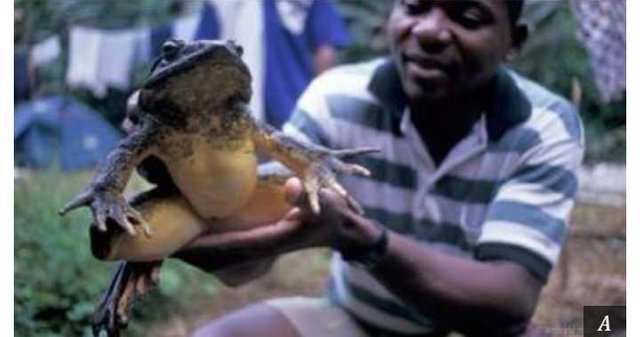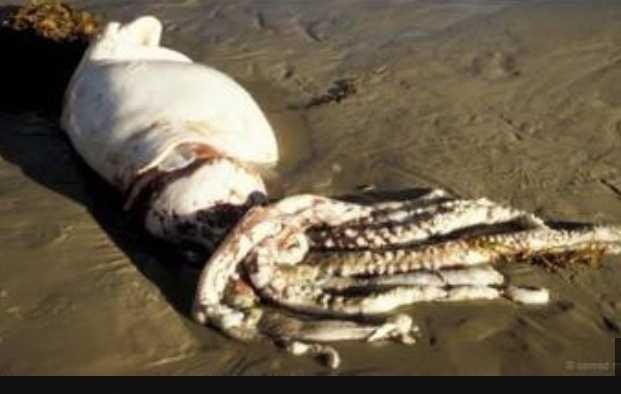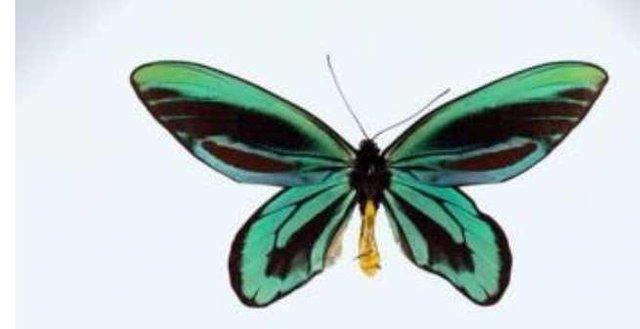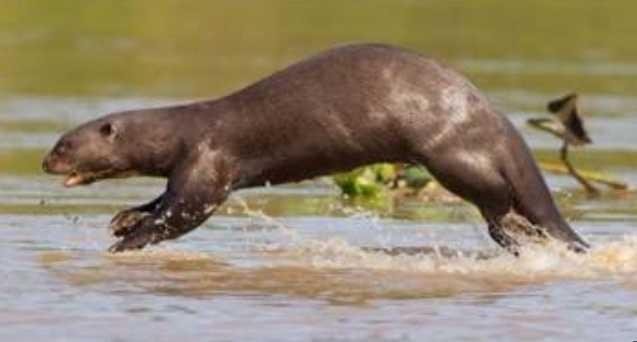Eight gigantic beasts that are almost impossible to find
The size is large, but not a guarantee that these animals are easy to find. Instead, these animals are rare and endangered.
Here are eight of them
01.Giant Armadillo (Priodontes maximus)
Imagine a large pig-sized animal with a body full of scales, and a claw-like 20-inch front paw. That's the giant armadillo.
But, they are very good at hiding and scientists have to use surveillance cameras to study them.
"Very few people have ever seen a giant armadillo in the wild," says Arnaud Desbiez, who runs the Giant Armadillo Project in Brazil.
"In the field research site, the owners of the big and big farms here have never seen a giant armadillo before the project started."
Weighing up to 50 kilograms and reaching 1.5 meters long, Priodontes maximus is known as the largest species of armadillo on Earth.
But because its size is twice as big as other armadillo species, they can not roll and form the ball when they feel threatened. Instead, they will dig the underground pit with their claws.
Giant armadillos are categorized as species susceptible to habitat loss due to hunting, but locals consider their appearance as a bad omen.

- Goliath toad (Conraua goliath)
The world's biggest toad weighs the same as a newborn, about 3.2 kilograms.
Despite its large body, this frog remains on its natural instinct as an amphibious to hide. The color is green speckled make them suitable camouflage on mossy rocks.
They live in rivers near the coast in the forests of western Africa.
Judging by its size, you may think that the sound of this frog is going to scream. But the fact is, giant toads do not have vocal pockets so they can only whistle to attract couples.
This toad is classified as a threatened animal. Their population is reportedly declining, leaving only 50% in the last three generations. The toad is always hunted for special food and for international pet trade - among other things for the frog jump competition in the US.
Some frogs are exported for captive breeding programs, but this does not work. Environmentalists are now concentrating on working with local communities to reduce hunting.

- Giant Squid (Architeuthis)
It could be that they are the most vicious giant beasts that lurk beneath the sea. Giant squid is up to five meters long and if added with tentacles, the length can be more than 13 meters.
They are predators or predators, with the characteristic eyeball that is the size of a soccer ball, and a beak that can tear the flesh.
But, as the inhabitants of the deep ocean (below 1,000 meters deep), it is rare for humans to find this species alive.
It is said that they often destroy ships, but documented displays are so scarce that they can not be verified.
Most of the giant squid just appeared at sea level when they were dead or dying.
The existence of this squid in its natural environment was first documented with the film in 2012.
The project was carried out by an international team of scientists who launched underwater vehicles off the coast of Japan. With a little bit of lure and a lot of luck, the awaited animal appeared also passing in front of their camera

04.Butterfly wings Queen Alexandra butterfly (Ornithoptera alexandrae)
Papua New Guinea, there is a very large butterfly that can often be compared to birds.
Queen Alexandra's butterfly lives in a small area of tropical forest near the north coast.
Male butterflies look spectacular with blue-green and black incisions on the wings and bright yellow in the body. While the female, the color is more shady with cream accents. However, females are three times larger than males. Wings size can reach 30 centimeters.
Once found in 1906, this butterfly is highly appreciated by the collectors so the hunts are faded.
These butterflies can fly quickly and are hard to catch so the hunters use salt-filled rifles to get them.
In 1966 a regulation was established to protect these butterflies, but the practice of poaching and habitat destruction by the palm oil industry and logging has dramatically reduced the population.

05..Giant otters (Pteronura brasiliensis)
There is no elephant, but the tropics of South America are still full of big animals. This continent is home to a giant armadillo and anteater, as well as capybara, the largest rodent in the world.
On the river east of the Andes live a giant beaver whose length can reach two meters. They live in large groups so they are easy to find.
Although giant beavers can overcome natural predators such as leopard jaguars, and caiman-a type of crocodile, they can become human-caused victims. The nature of those who like to socialize, full of curiosity, and gregarious make them a soft target for hunters.
Beaver skin was once the most sought after item, which had a very horrible effect. The trade was then banned in 1975 but the remaining giant beavers are now threatened because of their habitat in the Amazon, the more displaced human settlements.
Congratulations @rzk! You have completed some achievement on Steemit and have been rewarded with new badge(s) :
Click on any badge to view your own Board of Honor on SteemitBoard.
For more information about SteemitBoard, click here
If you no longer want to receive notifications, reply to this comment with the word
STOPThanks @steemitboard
Thanks
Thank